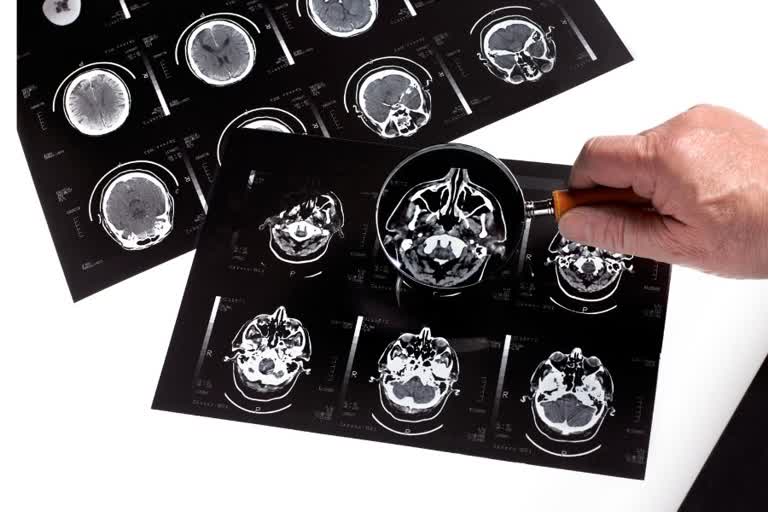The international team, led by the University of Cambridge, found that instead of starting from a single point in the brain and initiating a chain reaction that leads to the death of brain cells, Alzheimer’s disease reaches different regions of the brain early. How quickly the disease kills cells in these regions, through the production of toxic protein clusters, limits how quickly the disease progresses overall.
The researchers used post-mortem brain samples from Alzheimer’s patients, as well as PET scans from living patients, who ranged from those with mild cognitive impairment to those with full-blown Alzheimer’s disease, to track the aggregation of tau, one of two key proteins implicated in the condition.
In Alzheimer’s disease, tau and another protein called amyloid-beta build up into tangles and plaques – known collectively as aggregates – causing brain cells to die and the brain to shrink. This results in memory loss, personality changes and difficulty carrying out daily functions.
By combining five different datasets and applying them to the same mathematical model, the researchers observed that the mechanism controlling the rate of progression in Alzheimer’s disease is the replication of aggregates in individual regions of the brain and not the spread of aggregates from one region to another.
The results, reported in the journal Science Advances, open up new ways of understanding the progress of Alzheimer’s and other neurodegenerative diseases, and new ways that future treatments might be developed.
Also Read: A Diet Of Essential Amino Acids Could Keep Dementia At Bay: Study
For many years, the processes within the brain which result in Alzheimer’s disease have been described using terms like ‘cascade’ and ‘chain reaction’. It is a difficult disease to study since it develops over decades, and a definitive diagnosis can only be given after examining samples of brain tissue after death.
For years, researchers have relied largely on animal models to study the disease. Results from mice suggested that Alzheimer’s disease spreads quickly, as the toxic protein clusters colonize different parts of the brain.
“The thinking has been that Alzheimer’s develops in a way that’s similar to many cancers: the aggregates form in one region and then spread through the brain,” said Dr. Georg Meisl from Cambridge’s Yusuf Hamied Department of Chemistry, the paper’s first author. “But instead, we found that when Alzheimer’s starts there are already aggregates in multiple regions of the brain, and so trying to stop the spread between regions will do little to slow the disease.”
This is the first time that human data has been used to track which processes control the development of Alzheimer’s disease over time. It was made possible in part by the chemical kinetics approach developed at Cambridge over the last decade which allows the processes of aggregation and spread in the brain to be modeled, as well as advances in PET scanning and improvements in the sensitivity of other brain measurements.
Also Read: Does All Memory Loss Indicate Alzheimer's Disease?



